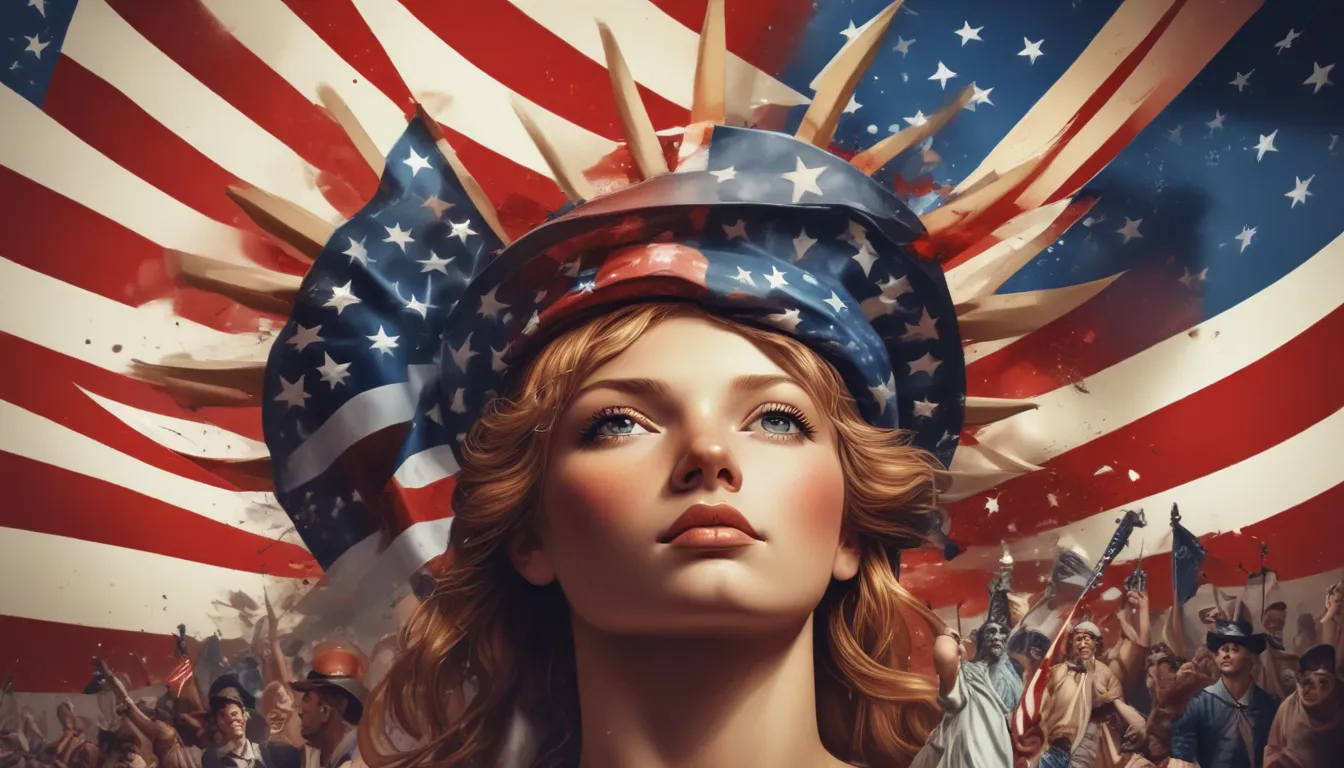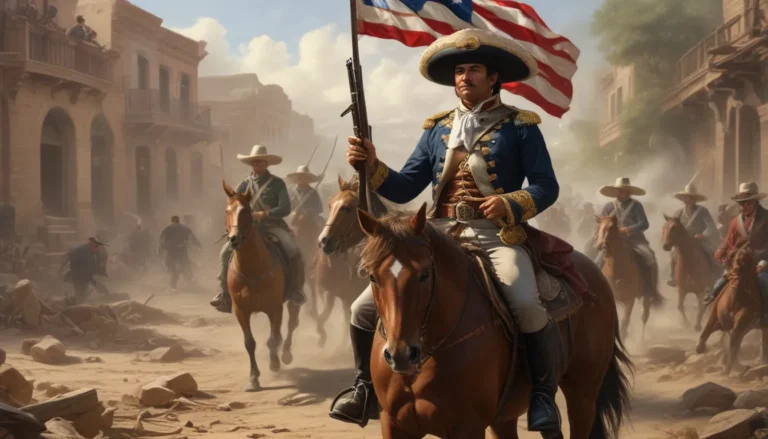The images in our articles may not match the content exactly. They are used to grab your attention, not to show the exact details in the text. The images complement the text but do not replace it.
The 4th of July, a day synonymous with fireworks and hotdogs, holds a significant place in American history. Despite often being overshadowed by festive celebrations, this day marks the iconic event of American independence. Let’s delve into some intriguing facts about Independence Day to enrich our understanding of this historic occasion.
Unveiling Historical Insights
- The newly independent United States, with a population of 2.5 million, declared its independence on July 4, 1776.
- 56 men representing the 13 colonies signed the Declaration of Independence.
- Philadelphia witnessed its first 4th of July fireworks display in 1777.
- Across the United States, there are 33 places with the word “liberty” in their names.
- Additionally, 11 places incorporate “independence” in their titles.
Commemorating American Independence
- Americans celebrate Independence Day every “4th of July” in remembrance of the Continental Congress’ passage of the Declaration of Independence on July 4, 1776.
- Edward Rutledge, at 26 years old, was the youngest signatory of the document, while Benjamin Franklin, at 70, was the oldest.
Insights into American History
- The Philippines also commemorates their 1946 Independence on the 4th of July.
- On July 4, 1934, Hungarian-American physicist Leó Szilárd applied for the atomic bomb patent.
- Notably, Malia Obama, daughter of the 44th U.S. President, was born on July 4, 1998.
Delving into Unique Traditions
- The Liberty Bell in Philadelphia rings 13 times on the 4th of July to honor the 13 original states.
- Americans consume approximately 150 million hotdogs on Independence Day.
- Since 2014, Americans spend over $1 billion on fireworks for 4th of July celebrations.
The Evolution of Traditions
- The 4th of July did not become a federal holiday until 1870.
- Interestingly, the first Horribles Parade took place on July 4, 1851, in Lowell, Massachusetts, as a comical portrayal of established traditions.
- Macy’s 4th of July Fireworks Show hosts the largest display of fireworks during the holiday, with over 75,000 individual shells lighting up the sky.
International Celebrations
- Denmark hosts one of the largest 4th of July celebrations outside the U.S. through the Rebild Festival.
- Chemist Max Henius led the group that initiated the 4th of July celebration in Denmark, leading to the establishment of Rebild National Park.
- Celebrations in Denmark honor the historical ties between Denmark and America.
Modern Observances
- Massachusetts was the first state to recognize the 4th of July as a holiday, setting a trend later adopted nationally.
- The 4th of July has become a popular shopping holiday, with Americans spending billions on food and beverages during celebrations.
Conclusion: Celebrating American Heritage
As we reflect on the facts surrounding the 4th of July, we uncover a tapestry of traditions, historical significance, and modern observances that define this quintessential American holiday. From fireworks and parades to unique celebrations around the world, Independence Day continues to symbolize the spirit of freedom and unity that embodies the American ethos. As we gather with loved ones to mark this day, let us honor the past, celebrate the present, and look forward to a future guided by the principles of liberty and independence.






